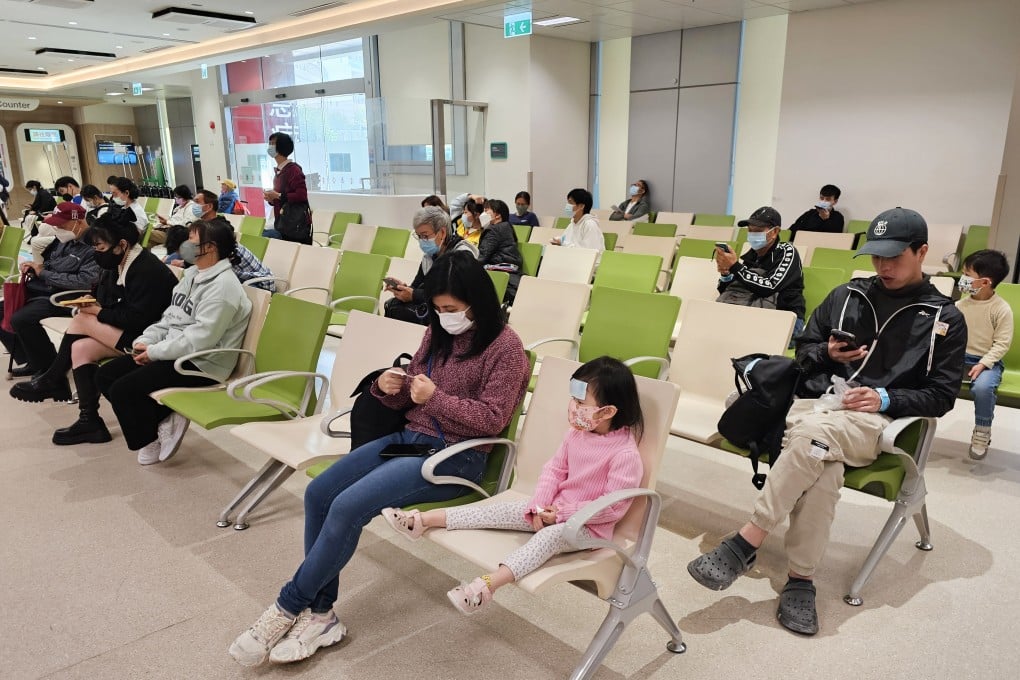Opinion | To cut Hong Kong A&E abuse, higher fees only part of healthcare solution
- Addressing why people go to the accident and emergency department for non-urgent conditions requires a holistic approach, including better primary care and community support for the elderly, and health literacy

Instead of focusing on fees only, we must adopt a more holistic approach that prioritises primary care services, together with adjustments to A&E charges and enhanced patient education, to address the issues involved and promote a more sustainable healthcare system.
To fully realise the benefits of primary care, we must adopt a network-based approach. Primary care networks, built upon the existing district health centre model, can provide a continuum of care, encompassing preventive, curative and rehabilitative services through multidisciplinary teams. By connecting patients to the appropriate services and optimising resource use, primary care networks can deliver improved healthcare outcomes with significant cost-saving potential.
A local study has shown that for every HK$1 invested in community health, there is a saving of HK$8.40 (US$1) in acute care costs. This is because primary care services can prevent the progression of chronic health conditions and reduce unnecessary hospital admissions, ultimately saving healthcare resources and reducing healthcare expenditure.


